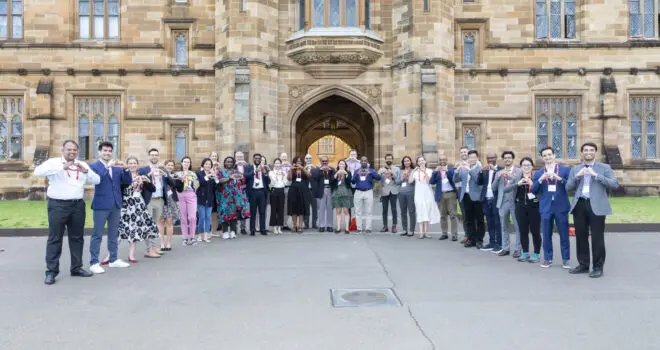For decades, the digital age has been revolutionizing our lives. The healthcare sector was among the first to harness the opportunities that digital technology makes possible. If we can find one winning outcome of the COVID-19 pandemic, it could be that the tools of digital health, for example telemedicine, saw increased uptake and often, effectively so. This was either because of patients’ fear of contracting COVID-19 in a medical facility or because of facilities’ overload. Patients have had consultations via mobile phone, and doctors have been able to equip patients with monitoring devices and treatments for at-home use. But the biggest potential winner presents the greatest challenge: creating the platforms and systems that make the benefits of any healthcare approach – digital or traditional – accessible to the most vulnerable and in need.
Worldwide, diseases affecting the circulatory system such as heart disease, stroke, diabetes and kidney disease are the main cause of mortality, morbidity and health expenditure. Two facts make heart health the ideal and urgent starting point for digital applications driven by technology: cardiology has a history of innovation and medical “firsts” while cardiovascular disease is global killer number one, claiming more than 17 million lives each year. A position paper by the World Heart Federation makes the case for digitally transforming circulatory healthcare as the field with enormous potential for impact. This is largely because technology to diagnose cardiovascular diseases (CVD) is not invasive and can lend itself to consultations and follow-up via digital means such as telemedicine and emerging digital platforms.
With regard to cardiovascular and circulatory health, digital care can assist comprehensively in prevention, diagnosis, monitoring, oversight of medication, and disease tracking. From wearable devices to voice-activated medical assistants, the digital sphere is teeming with breakthroughs that can make the difference for the world’s growing incidence of such noncommunicable diseases (NCDs). Digital health involves patients and the health workforce in different ways, requires funding commitments, and the creation of suitable regulations to guide and monitor its use.
Exploring the angles and opportunities of digital heath, current uses and gaps, the WHF position aims to support policymakers in leveraging technology for better circulatory health and to capture the roles of various sectors in making digital health a tool for everyone. Five key recommendations map a path across the digital frontier, by:
- Investing in end users: building the digital capacity of the health workforce.
- Serving end users: building the digital literacy of patients, their families and communities.
- Protecting end users: establishing regulations and protocols for patient privacy and safety.
- Ensuring sustainable financing mechanisms for digital health: establishing infrastructure and prioritizing funding.
- Supporting research on digital health: setting priorities that address digital health inequities.
Implementing these recommendations is a multi-sectoral challenge that involves not only government policymakers and economic planners but civil society, academia and the private sector in providing support, offering partnerships, and progressing digital health programmes. From frontrunners such as Denmark to new pioneers in Africa such as Rwanda with its universal health coverage system that covers almost 90% of the population, digital healthcare is already happening at different scales globally. South Africa’s District Health Information System, now online, is being complemented by a tool for district-level health management.
Beyond the immediate technological platforms to diagnose or treat an illness, digital healthcare can facilitate extensive data-gathering that can ultimately aid in breakthrough diagnosis and treatment. Artificial intelligence is one tool that can be used to mine and analyze such data to reveal disease patterns in ways essential to unlocking the door to a cure. One example is the use of algorithms to understand, diagnose and treat rare heart diseases such as cardiac amyloidosis – currently, only about 1-2% of patients know that their heart disease is this form of cardiomyopathy.
A strong dose of will is needed to implement the framework for action set out in the above recommendations. Investment in infrastructure, platforms that connect communities with practitioners, digital education to increase comfort levels, and vital protocols for data privacy to foster public trust are the key ingredients for catalyzing healthcare as one of the most basic human rights.


